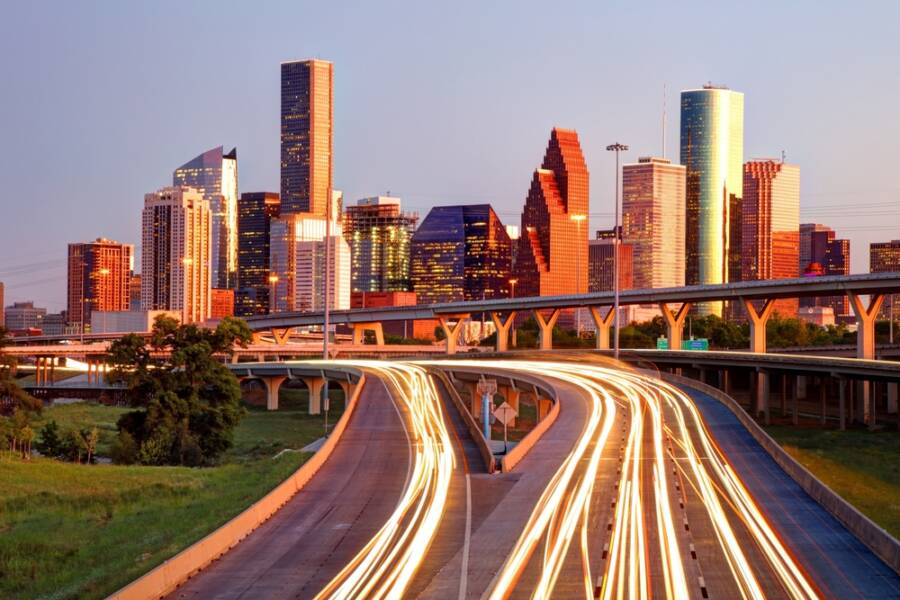
Experts say that some coastal cities could sink by 2100!
While all cities will eventually experience the consequences of global warming, some will be more affected than others. Things are becoming more and more difficult, and researchers believe that low-lying coastal cities should prepare for more dangerous floods that destroy infrastructure and buildings and take lives as sea levels rise.
We see lots of tornadoes, hurricanes, snow, and fires, and some sources say this is only the beginning. Global warming is a big problem, and the planet is struggling. It is believed that by 2100, coastal cities worldwide will be more likely to experience flooding of more than six feet. If global emissions continue to be this high, the National Oceanic and Atmospheric Administration (NOAA) has projected that sea levels might increase by 10 to 12 feet.
However, these numbers are averages and predictions, which means that particular cities might see higher levels while other regions might experience less impact. In the worst-case scenario for the climate, some coastal cities might sink completely.
We wanted to know more about what researchers believe can happen, so we’ve talked to them, and here’s what we found out. So without further ado, here are the US coastal cities that are more likely to sink by 2100.














